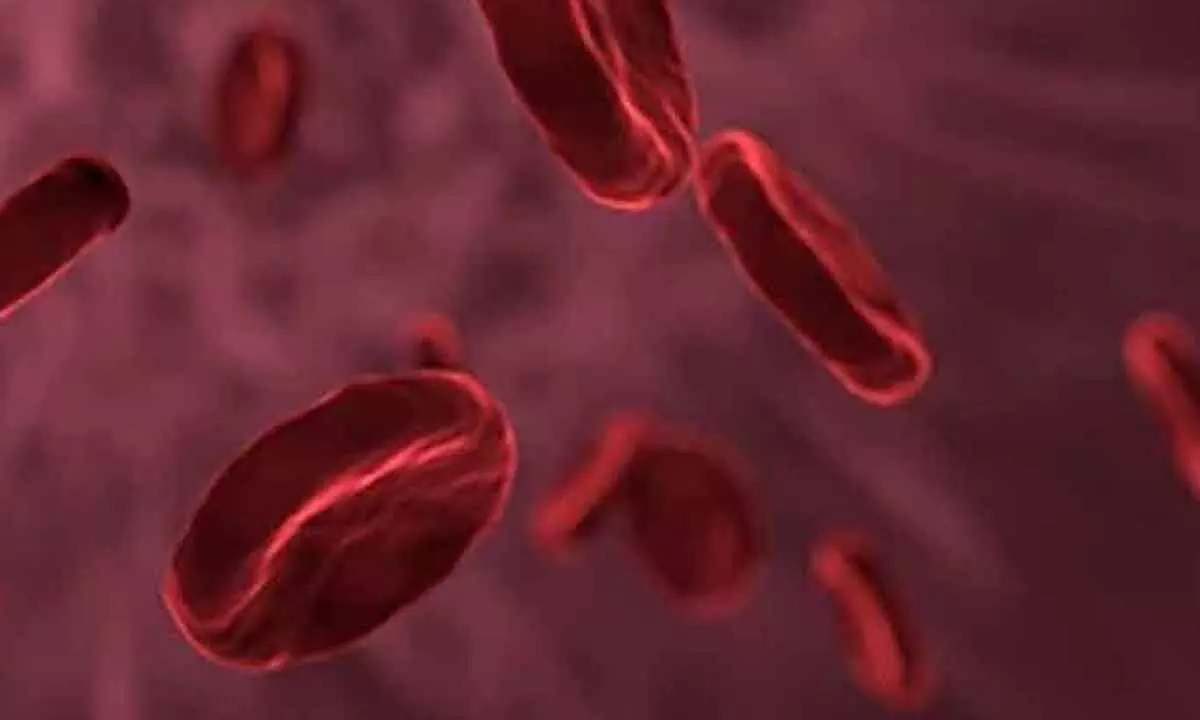Why India has highest number of thalassemia Major patients?
World Thalassemia Day is observed every year on May 8 to raise awareness about the disease. The theme this year is 'Empowering Lives, Embracing Progress: Equitable and Accessible Thalassaemia Treatment for All'
image for illustrative purpose

In India, certain communities such as Sindhis, Punjabis, Bhanushali, Kutchi, Marwari, Maratha, Muslim, and Bengalis have a higher prevalence of the gene, which increases the incidence of Thalassemia. The incidence of Thalassemia Minor in this community varies from 8-14%
New Delhi: Lack of widespread awareness, genetic counselling, and traditional belief systems are some of the major reasons why India has the highest number of thalassemia major patients in the world, said experts here on World Thalassemia Day on Wednesday.
World Thalassemia Day is observed every year on May 8 to raise awareness about the disease. The theme this year is 'Empowering Lives, Embracing Progress: Equitable and Accessible Thalassaemia Treatment for All'.
Every eighth thalassemia patient in the world lives in India. And yearly about 10,000-20,000 new thalassemia majors are born.
"India has the largest number of children with thalassemia major in the world, with around 1-1.5 lakhs of children affected. India's status as the thalassemia capital stems from a complex interplay of factors. Genetic predisposition, consanguineous marriages, and lack of awareness contribute to its prevalence. The rise in India can be attributed to population growth, limited access to screening, and lack of awareness," Sunil Bhat, Director and Clinical Lead - Pediatric Hematology, Oncology and BMT, Narayana Health Network Hospitals, told.
Thalassemia Major is a severe inherited blood disorder, passed from parents to children. The disorder occurs when the body doesn't make enough of a protein called haemoglobin -- an important part of red blood cells -- forcing the need for blood transfusions every fortnight. It is particularly prevalent in populations with a high incidence of cousin marriages and within certain ethnic and geographical groups.
In India, certain communities such as Sindhis, Punjabis, Bhanushali, Kutchi, Marwari, Maratha, Muslim, and Bengalis have a higher prevalence of the gene, which increases the incidence of Thalassemia. The incidence of Thalassemia Minor in this community varies from 8-14 per cent," Vijay Ramanan, Sr. Consultant Clinical Haematologist, Bone Marrow & Stem Cell Transplant, Ruby Hall Clinic, Pune, told.

